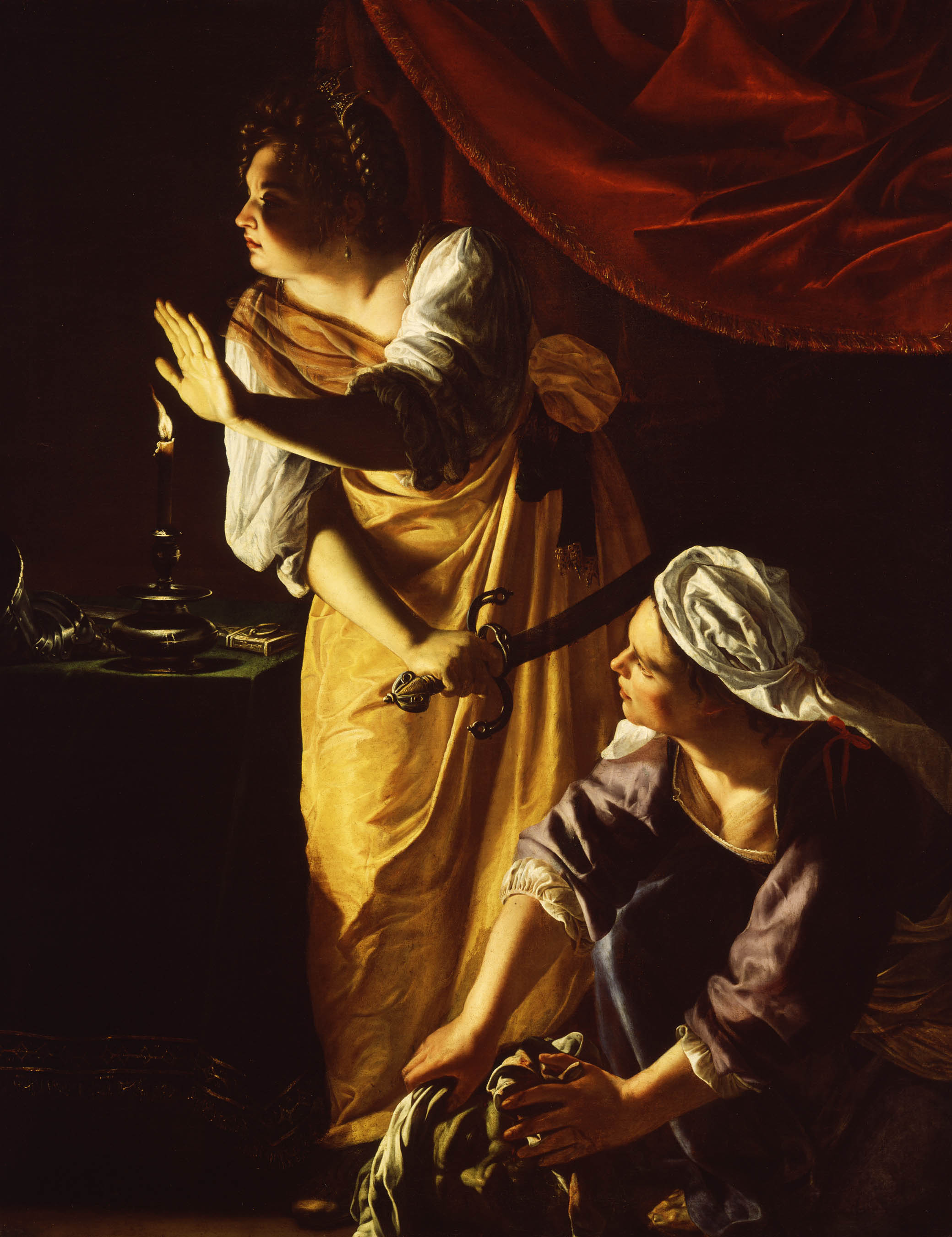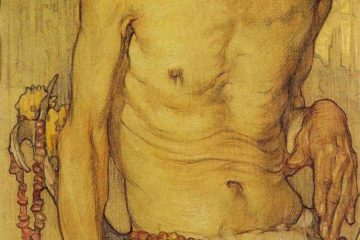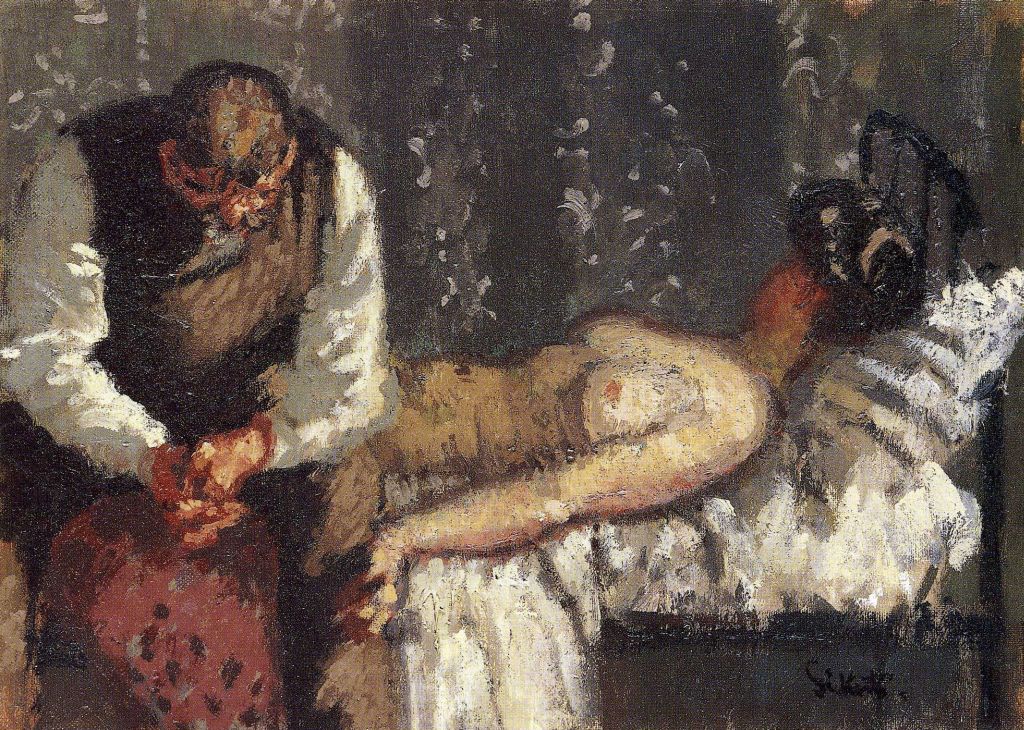When it comes to painting any religious doctrine, particularly the Old Testament, there are literally thousands of paintings. It’s a popular, yet somewhat touchy, subject. There is a reserved reverence for many biblical paintings, and you often lose the sense that the stories within are based on mythology and the intimation of a higher purpose.
For me, it becomes clear looking at Artemisia Gentileschi’s work that she doesn’t just paint the next commission in line, it’s that she portrays what seems like a real event. I am sure that comes from her hard life, something I touched on in an Apex Book Company blog many years ago. I think she put her heart and soul into every piece, and this piece is definitely no exception.
In this painting, we really feel the action after the violence. In one of her other paintings, Gentileschi painted the actual moment of the beheading in all its bloody glory. Here she painted the aftermath, the escape complete with the separated head of Holofernes. Unlike many of her contemporaries, Gentileschi composed a scene not of triumph, or even detachment, rather it is one of suspense. These two women have finished the first part of their plan, and now they need to get away with it.
Where Gentileschi excelled was giving a perfect tension to the scene using composition and lighting. The harsh light concentrates the eye on Judith, surrounded by a darkness indicative of the threat around them both. That light focuses the eye in two areas, complimented by the swing of her arms: her raised hand in the light and the sword in the other. That composition challenges the viewer with the apparent threat around them. The eye, and the viewer’s suspense, are torn between the raised concern of detection above and the readiness for battle below.
It is the suspense, the emotion of the painting and the painter behind it, that sets the scene apart from other religious paintings. Even similar scenes painted by the vaunted Caravaggio seem stiff, detached from the events with almost too much reverence. Gentileschi gave us a different vision, one closer to reality. It has not just a real feeling of revenge, but the thrill of these two characters finding themselves in a position of only being halfway there. Sure, they have his head, but it won’t matter much if they don’t escape.
Knowing how difficult a life Gentileschi had, and the terrible events she endured, I like to think that her paintings represent the revenge and retribution that so many need. I look at Gentileschi’s painting here, and I hope that it not only gave her satisfaction, but a small sense, however tiny, that retribution against the devils of the world can and does happen.
See it larger at the Detroit Institute of Arts
See previous editions and subscribe to new articles here.
References
Artemisia Gentileschi
“Judith and Her Maidservant with the Head of Holofernes”
Oil on canvas, c. 1623/1625
72 7/16″ × 55 3/4″
Detroit Institute of Arts



